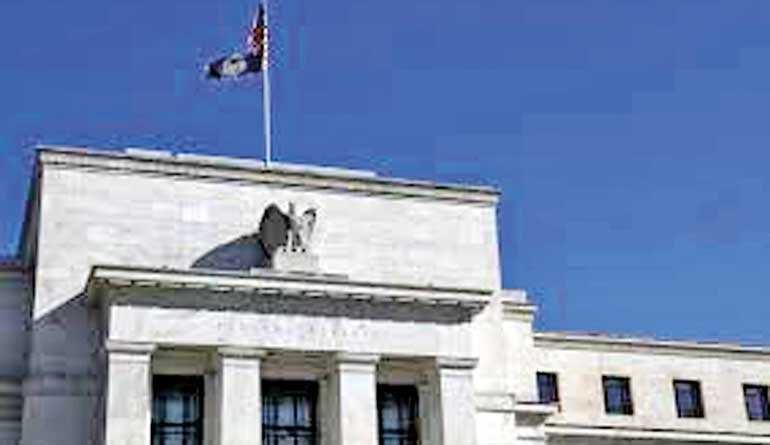Tuesday Apr 01, 2025
Tuesday Apr 01, 2025
Monday, 8 July 2019 00:00 - - {{hitsCtrl.values.hits}}

NEW YORK (Reuters): US employers are hiring workers, but that is only making the Federal Reserve’s job harder.
On Friday, the Labor Department said nonfarm employers added 224,000 jobs last month – the most in five months, and not the kind of labour market that would normally cause the US Central Bank to cut interest rates.
Continuing jobs gains make Fed policymakers’ debate over whether the economy needs stimulus even more difficult, setting up a possible standoff with markets at their 30-31 July meeting.
“They are in a bit of a bind,” said Karim Basta, chief economist at III Capital Management. “On the surface, the data, in my opinion, doesn’t really support an imminent cut, but markets are expecting it, and I do think there’s a risk at this stage that they disappoint.”
Meanwhile, the Fed is sending fairly optimistic economic signals after opening up the possibility of cuts last month, when they cited muted inflation pressures and an economic outlook clouded by a US trade war and slower global growth.
In its semi-annual report to Congress, the Fed on Friday repeated its pledge to “act as appropriate” to sustain the economic expansion, with possible rate cuts in coming months, but they notably cited a strengthening jobs market and described recent weak inflation as due to “transitory influences”.
Markets are overwhelmingly betting the Fed’s next move will be its first rate cut since the financial crisis a decade ago. President Donald Trump on Friday renewed demands for lower rates to strengthen the economy.
Fed Chairman Jerome Powell, who will testify before Congress on Wednesday and Thursday, has repeatedly said the Fed makes decisions independently from markets and the White House, but failing to deliver a cut could cause a stock and short-term bond selloff and hurt the economy.
US rates futures fell after the jobs report. Markets still see a rate cut this month as a near-certainty, though they largely priced out chances for an aggressive half-percentage-point cut (FFQ9).
“A rate cut in July is still all but inevitable,” said Luke Bartholomew, investment strategist for Aberdeen Standard Investments. “Employment growth remains a bright spot amid a fairly mixed bag of US data and yet markets have come to expect a cut now so (they) will fall out of bed if they don’t get one.”
The US has not resolved its trade dispute with China, but the two countries agreed last weekend to resume trade talks, putting off new tariffs.
There are still signs of a pullback. Businesses’ spending on machines and other equipment is tepid, but employers keep hiring hotel maids, electricians, day-care providers and other workers. They are also paying them more. Average hourly earnings rose at a 3.1%-a-year pace. A May payroll gain of 72,000 now seems like a fluke rather than a sign of deterioration.
Those are not the prototypical conditions for a rate cut. Unemployment at 3.7% is near its lowest levels since 1969 and policymakers have traditionally seen job gains with low unemployment posing inflation risks.
Economists have grown less confident in models that forecast an inverse relationship between unemployment and inflation. The core personal consumption expenditures index is running at 1.6% a year, short of the Fed’s 2% goal. In his press conference last month, Powell dropped references to weak inflation as ‘transitory’.
Some policymakers think a rate cut could lift inflation expectations, reducing chances of more drastic rate cuts being needed later. With rates at 2.25%-2.50%, policymakers have less room to cut before they resort to unconventional measures. A cut could also reduce the Fed’s firepower in the case of a more severe downturn and signal greater concern about the future.